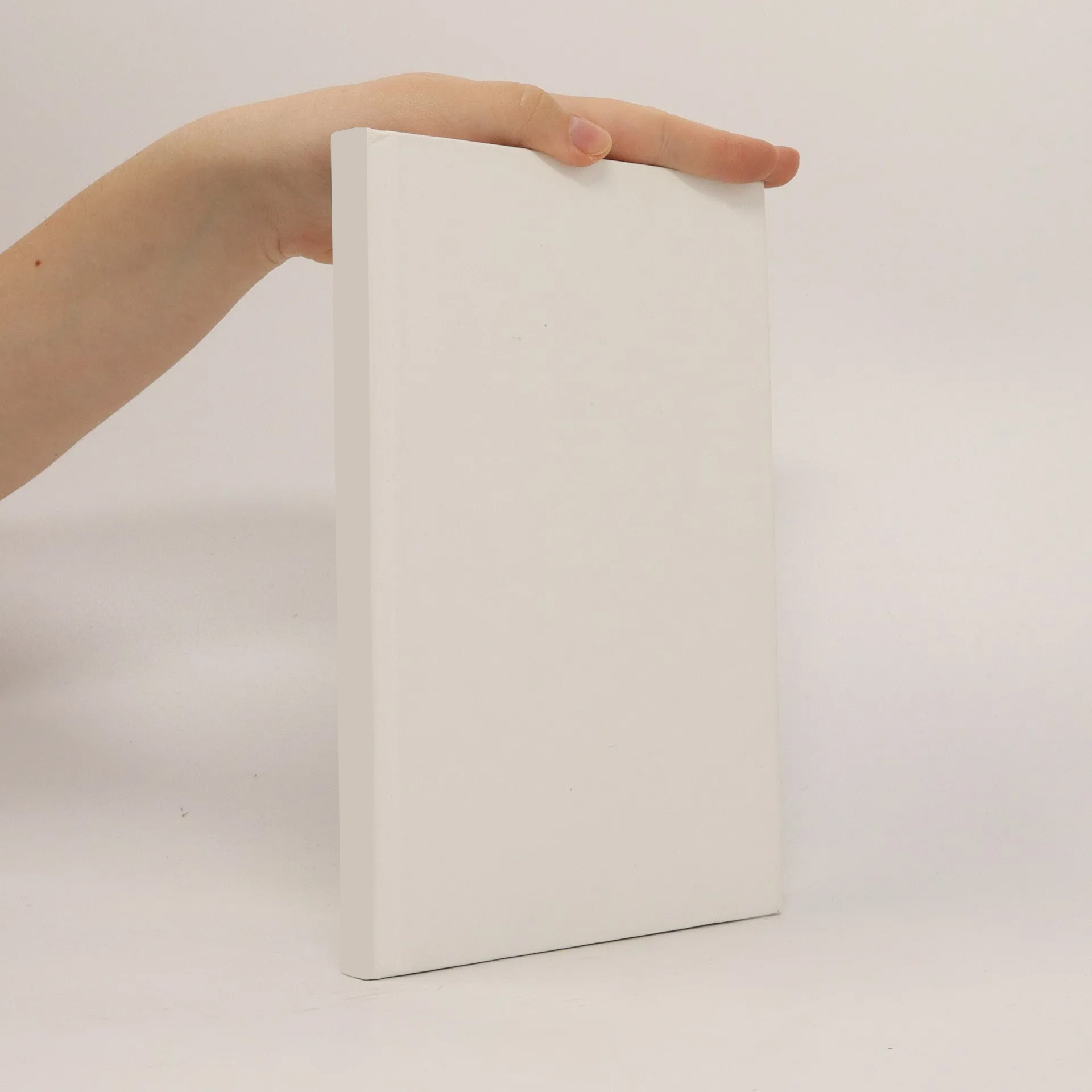
More about the book
Pluripotent mouse embryonic stem (ES) cells have been widely used to create mutant mice that pass genetic modifications to their offspring through germ-line transmission. ES cells also have the capacity to differentiate in vitro into cells of endo- dermal, ectodermal and mesodermal lineages. This special issue of Cells Tissues Organs contains articles covering the properties and potential of pluripotent ES cells in culture. Molecular mecha- nisms regulating self-renewal and differentiation of ES cells and the expression pattern of Oct-4, a key regulator of totipotency during the mammali- an life cycle, are described. Several articles review the present knowledge of ES cell-derived neuro- genic, adipogenic, myogenic, cardiovascular and hematopoietic differentiation. The developmental capacity of ES cells as the basis for an in vitro embryotoxicity screening system is presented, and one chapter describes attempts to establish pluri- potent cell lines from other species, including the most recent strategies to introduce genetic modifi- cations into livestock animals by nuclear transfer. A promising area of research has been the isolation of pluripotent stem cells of human origin and their prospective use in tissue transplantations - a topic addressed in the final chapter.
Book purchase
Embryonic stem cells as a developmental model in vitro, Anna M. Wobus
- Language
- Released
- 1999
- product-detail.submit-box.info.binding
- (Paperback)
Payment methods
No one has rated yet.